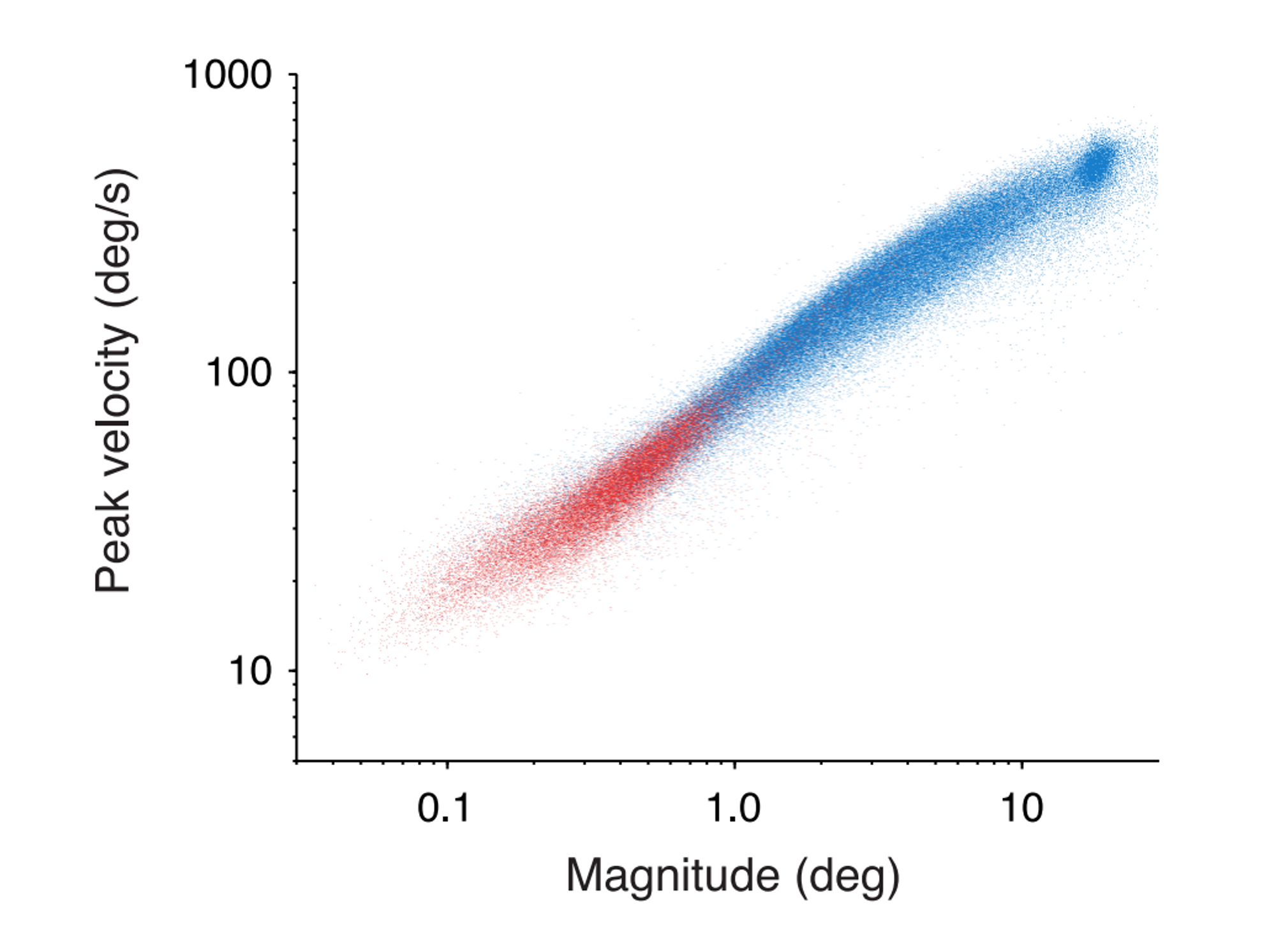
//
Saccades and microsaccades during visual fixation, exploration, and search: foundations for a common saccadic generator.
Search
Try Notion
Saccades and microsaccades during visual fixation, exploration, and search: foundations for a common saccadic generator.
Authors text
Otero-Millan, Jorge, Troncoso, Xoana G, Macknik, Stephen L, Serrano-Pedraza, Ignacio, Martinez-Conde, Susana
Journal/Book
JoV
Year
2008
Abstract
Microsaccades are known to occur during prolonged visual fixation, but it is a matter of controversy whether they also happen during free-viewing. Here we set out to determine: 1) whether microsaccades occur during free visual exploration and visual search, 2) whether microsaccade dynamics vary as a function of visual stimulation and viewing task, and 3) whether saccades and microsaccades share characteristics that might argue in favor of a common saccade–microsaccade oculomotor generator. Human subjects viewed naturalistic stimuli while performing various viewing tasks, including visual exploration, visual search, and prolonged visual fixation. Their eye movements were simultaneously recorded with high precision. Our results show that microsaccades are produced during the fixation periods that occur during visual exploration and visual search. Microsaccade dynamics during free-viewing moreover varied as a function of visual stimulation and viewing task, with increasingly demanding tasks resulting in increased microsaccade production. Moreover, saccades and microsaccades had comparable spatiotemporal characteristics, including the presence of equivalent refractory periods between all pair-wise combinations of saccades and microsaccades. Thus our results indicate a microsaccade–saccade continuum and support the hypothesis of a common oculomotor generator for saccades and microsaccades.
Citation
J Vis. 2008 Dec 18;8(14):21.1-18.
Broad Topic
Ocular motor control